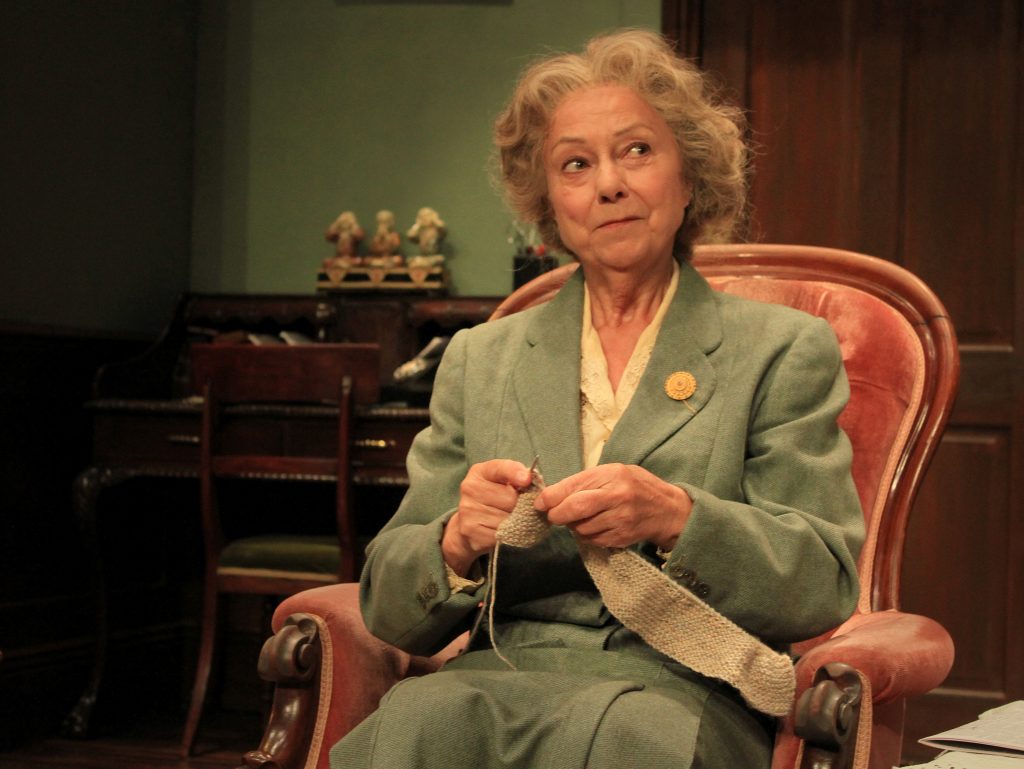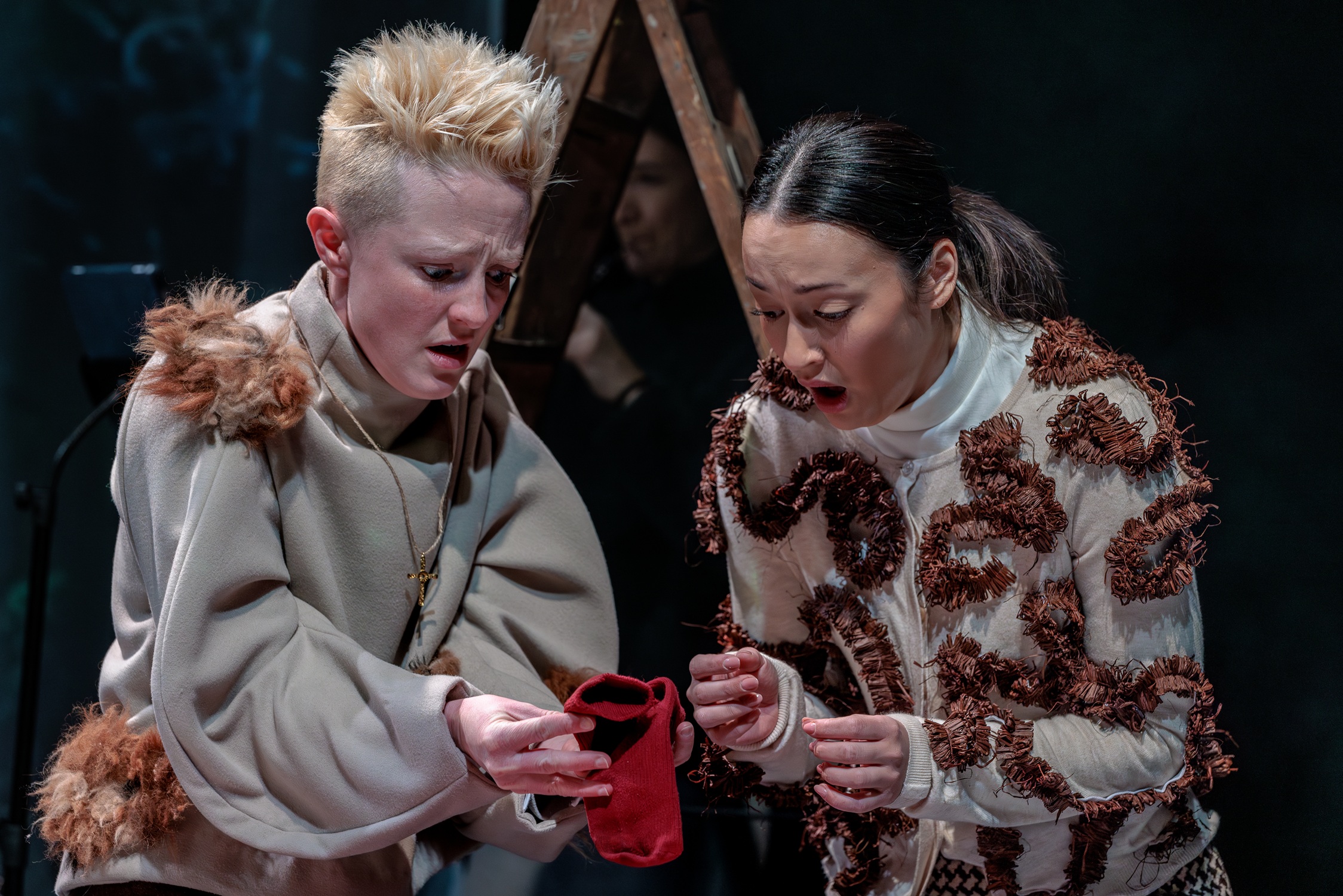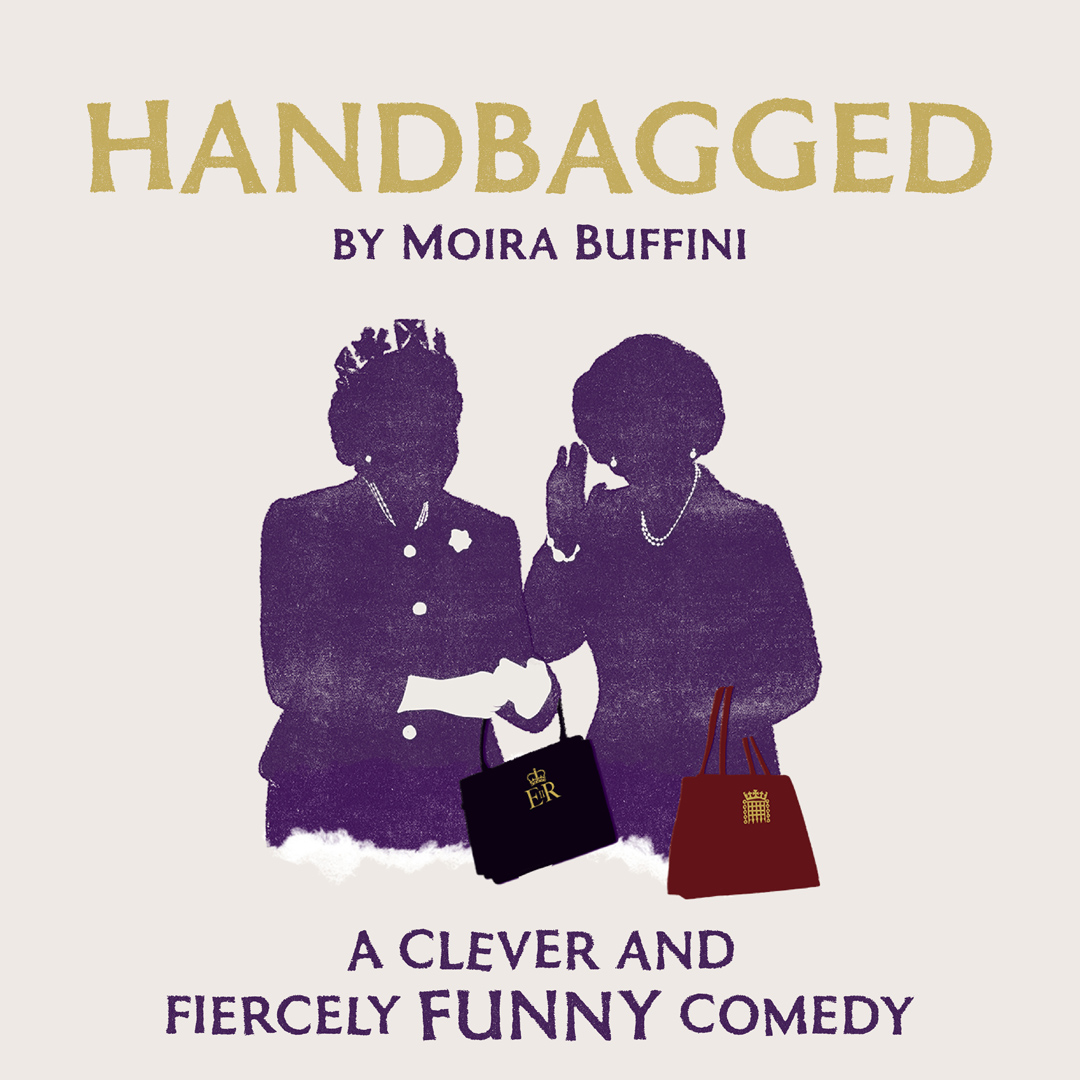Agatha Christie’s Characters
4 min read
Share
From the famous Hercule Poirot and Miss Marple, Agatha Christie wrote charming, skillful, and intriguing characters who are still beloved by many. With plot devices and key events assisting in building tension to her stories, ensuring readers are hooked, we explore a few of her much loved characters below. With over 66 crime novels and an array of other work, Agatha Christie is one of the most celebrated novelists of all time, with various stage and screen adaptations still popular today.
Here are a few of our favourites!
Hercule Poirot
“My name is Hercule Poirot and I am probably the greatest detective in the world.”
— Hercule Poirot in The Mystery of the Blue Train.
Making use of psychology and his extensive knowledge of human nature, Poirot is a world-renowned private detective. He appears in 33 novels and more than 50 short stories, having become a much-beloved character since first written in 1920.
In An Autobiography, Christie states that she “was still writing in the Sherlock Holmes tradition – eccentric detective, stooge assistant, with a Lestrade-type Scotland Yard detective, Inspector Japp”, which was influenced by Arthur Conan Doyle.
Although a beloved character, Christie found him “insufferable” by 1930 and, in 1960, called him “detestable, bombastic, tiresome, ego-centric little creep.” Christie refused to kill off Poirot, however, stating that her duty was to write what the public loved.
Miss Marple
“Miss Marple is a white-haired old lady with a gentle appealing manner- Miss Wetherby is a mixture of vinegar and gush. Of the two Miss Marple is the more dangerous.”
— Murder at the Vicarage.
Appearing in 12 novels and 20 short stories, Miss Jane Marple is another of Christie’s beloved characters. She uses her ability to blend into the background and her love for gossip, gardening, and knitting to hide her shrewd intelligence.
Christie stated that Marple “though a cheerful person, she always expected the worst of everyone and everything, and was, with almost frightening accuracy, usually proved right.” Like Hercule Poirot, Marple has been represented on screen and stage for many years, continuously providing the public with hours of entertainment.
And very shrewd detective work, of course.

Miss Marple in A Murder is Announced.
Tommy and Tuppence
“It is curious—but you cannot make a revolution without honest men.”
— The Secret Adversary.
Husband and wife, Tommy Beresford and Prudence seek excitement and adventure. Prudence is charismatic while Tommy has a slow and considered manner. Forming the ‘Young Adventurers Ltd’, their stories tend to have a more period-specific focus than other characters.
Christie enjoyed writing Tommy and Tuppence stories the most; they were the only detectives in her novels who age in real-time, approximately close to the author’s own age. Their slogan as detectives in “Willing to do anything. Go anywhere… No unreasonable offer refused.”.
Tommy and Tuppence appear in:
- The Secret Adversary, 1922.
- Partners in Crime, 1929.
- N or M?, 1941.
- By the Pricking of My Thumbs, 1968.
- Postern of Fate (Tommy & Tuppence Mysteries), 1973.
Ariadne Oliver
“It’s never difficult to think of things. The trouble is that you think of too many, and then it all becomes too complicated, so you have to relinquish some of them and that is rather agony.”
— Ariadne Oliver in Dead Man’s Folly.
A middle-aged, successful detective novelist, Ariadne Oliver only appears by herself in the novel The Pale Horse. Every other appearance has her alongside Hercule Poirot. She tends to provide more comic relief than working as a detective, although she has strong opinions about Scotland Yard being better run by a woman.
Described as feisty and quick to jump to conclusions, she is also said to be “handsome in a rather untidy fashion, with fine eyes, substantial shoulders, and a large quantity of rebellious grey hair with which she was continuously experimenting.”
Oliver appears in:
- The Case of the Discontented Soldier, 1932.
- Cards on the Table, 1936.
- Mrs McGinty’s Dead, 1952.
- Dead Man’s Folly, 1956.
- The Pale Horse, 1961.
- Third Girl, 1966.
- Hallowe’en Party, 1969.
- Elephants Can Remember, 1972.
Harley Quin
“There would be some little fact, some apparently irrelevant phrase, to point him out for what he was: a man shown in a harlequin-coloured light that fell on him through a glass window…”
— Agatha Christie in An Autobiography.
A wordplay on ‘Harlequin’ from Commedia dell’ arte, Harley Quin is perhaps the most mysterious detective to grace Christie’s novels. He helps his friend, Mr Satterthwaite, solve crimes. Christie wrote about Quin in her autobiography, saying that both Quin and Satterthwaite became her favourite characters.
As a character, Quin is mysterious and elusive; he appears quite suddenly and in a flash of lights and colours. He’s typically associated with death and possesses an almost supernatural instinct. Quin is a catalyst, asking Satterthwaite questions designed to help him see the situation in a new light.
Quin appearing in:
- 12 short stories that compose The Mysterious Mr Quin from 1930.
- The Harlequin Tea Set from Problem at Pollensa Bay and Other Stories.
- The Love Detectives from Problem at Pollensa Bay and Other Stories.
Parker Pyne
“I am, if you like to put it that way, a heart specialist.”
— Parker Pyne in Parker Pyne Investigates.
Famous for his sales pitch, “Are you happy? If not consult Mr Parker Pyne, 17 Richmond Street.”, Parker Pyne is an unusual and intriguing detective. His appearance is described and characteristically English and he has unorthodox methods of solving problems.
Pyne has a theory about unhappiness: there are five main types and they can be solved logically. In his opinion, these are ill health, wives having troubles with husbands, husbands having troubles with wives, boredom, and miscellaneous.
Pyne appears in:
- Anthology Parker Pyne Investigates, 1934.
- Short story collection The Regatta Mystery and Other Stories, 1939
Who is your favourite Agatha Christie character?






















